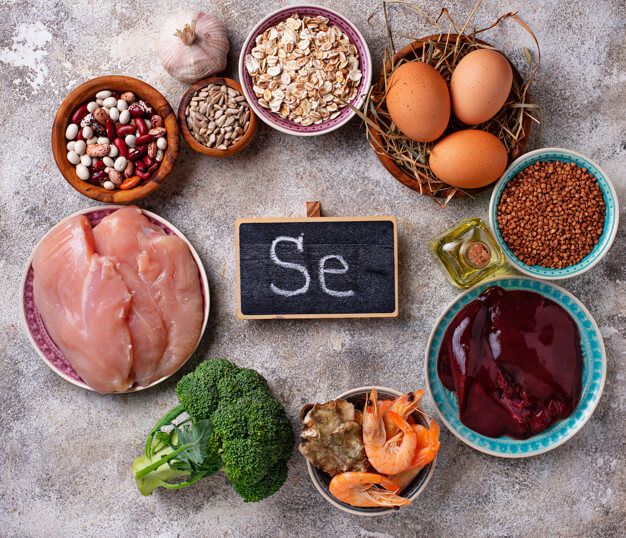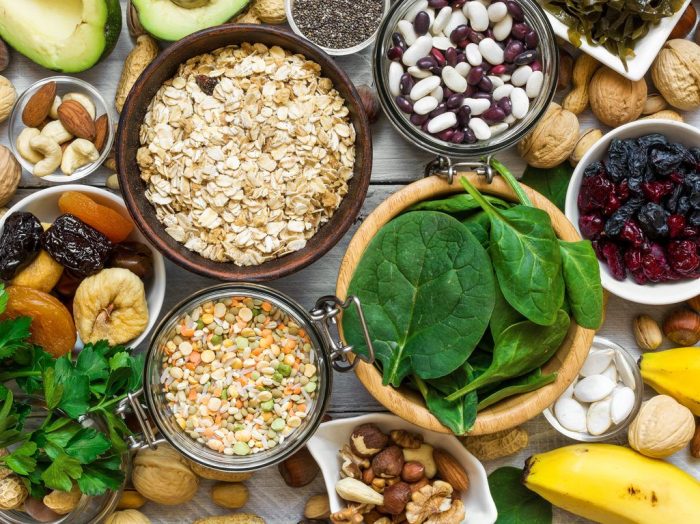The levels of selenium in the human body have been linked to recovery and lower death rates of those infected with coronavirus in China, a study shows.
The research about the new corona virus is a never-ending task for scientists and biologists all around the globe. Specialists are trying their best to understand the virus: how it spreads, how it can be contained, how it attacks the body and what dangers could bring for people with associated conditions, but most importantly, how can it be cured or defeated.
It is true that most of the news regarding the virus are not pleasant, the number of deaths around the world increasing from day to day. But it is important to also look on the bright side and keep an eye on the good discoveries that science have made so far.
One of these discoveries regards the positive effect of a mineral on the recovery of COVID-19 patients. The levels of selenium in the human body have been linked to a faster recovery and lower death rates of those infected with the new corona virus in China, a study shows. On another hand, the lack of selenium has been linked in the past to other viral infections progressing more aggressively and deadly.
Professor Margaret Rayman, study co-author, has declared:
“Given the history of viral infections associated with selenium deficiency, we wondered whether the appearance of COVID-19 in China could possibly be linked to the belt of selenium deficiency that runs from the north-east to the south-west of the country.”
China has regions with populations that have both high and low levels of selenium in their body. This is due to the geographical differences in the soil, which affects how much of this trace mineral gets into the foods.
So, after a large analysis on different China regions, the research team found out that the patients who had a higher selenium intake had more chances of overcoming the COVID-19 infection. For instance, the population from Enshi, a city in Hubei Province, consumed more selenium compared to other parts of China, thus the cure rates here were 3 times bigger than other cities in the country. On the other hand, the death rates were 5 times higher in the Heilongjiang Province, known as one of the places with the lowest selenium intakes in the world.
Even so, Ms Kate Bennett, another co-author of the study, advises:
“There is a significant link between selenium status and COVID-19 cure rate, however it is important not to overstate this finding; we have not been able to work with individual-level data and have not been able to take into account other possible factors such as age and underlying disease.”
Keep in mind: these findings do not suggest that we should start consuming a lot of selenium in order to protect ourselves against this virus!
If you have been in isolation and have taken all the precautions recommended by the authorities, and most importantly, you are a healthy person, you should continue keeping a healthy and balanced diet, ensuring your body will all the necessary nutrients taken from all the food categories available. But still, we know what you’ll ask next:
What is selenium and where can we get it?
Selenium is an essential trace mineral that can be obtained from the right dietary sources, such as: fish, meat and cereals. Here is a list of foods rich in selenium you can eat on a daily basis, in order to keep this trace mineral intake on optimum levels:
- eggs
- seafood: oysters, shrimps
- fish: tuna, halibut, sardines
- meats: pork, beef, turkey, chicken, lamb
- milk
- cottage cheese
- couscous
- Brazilian nuts
- cashew
- sunflower seeds
- cacao
- milk and yogurt
- pasta
- brown rice
- whole wheat
- mushrooms
- baked bananas
- oatmeal
- spinach
- lentils
Selenium’s health benefits for the body
This trace element helps the immune system and protects the body from infections. It also regulates the thyroid function, prevents DNA damage and helps in reproduction. Selenium may also help reduce asthma symptoms, prevents mental decline and offer protection against early heart disease.
Selenium’s toxicity levels and side effects
Excessive selenium intake can be toxic and even fatal. The daily recommended intake for adults is 55 mcg of selenium and people should never exceed the limit of 400 mcg per day.
For instance, Brazilian nuts contain high levels of selenium and consuming too many of them could result in toxicity.
However, a selenium “overdose” has higher chances of happening if you take supplements without doctor’s advice, rather than eating foods rich in this trace mineral. There is a reason why we call it a trace mineral.
Nevertheless, you should pay attention to these signs of selenium toxicity: dizziness, nausea, hair loss, tremors, facial flushing, vomiting, muscle soreness.





